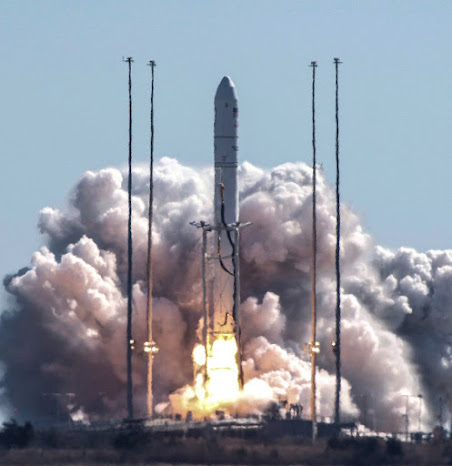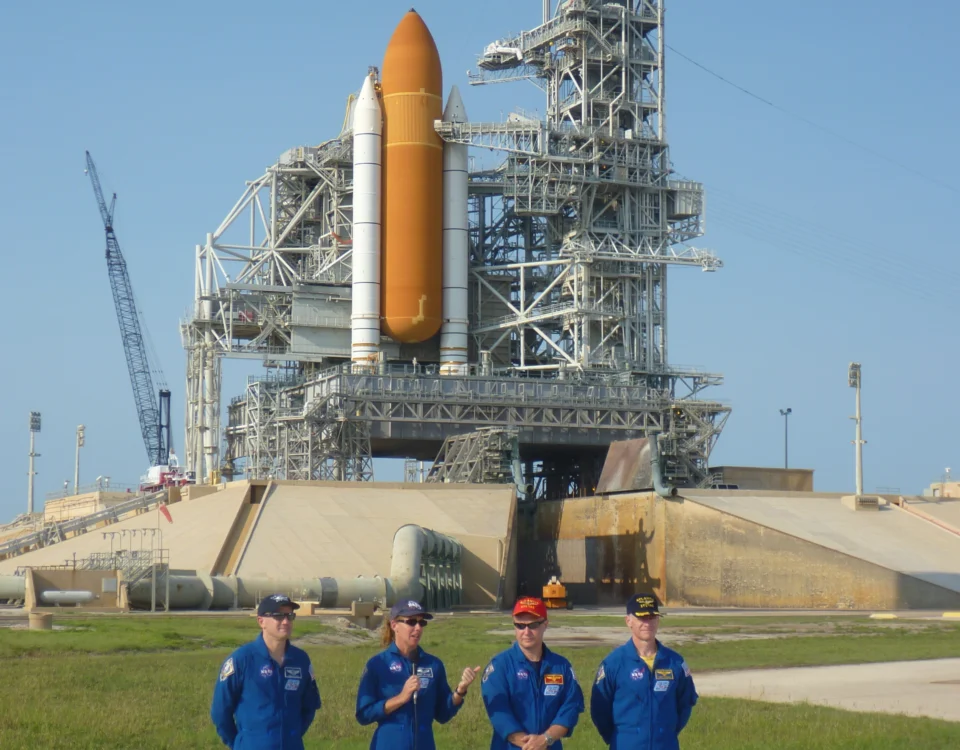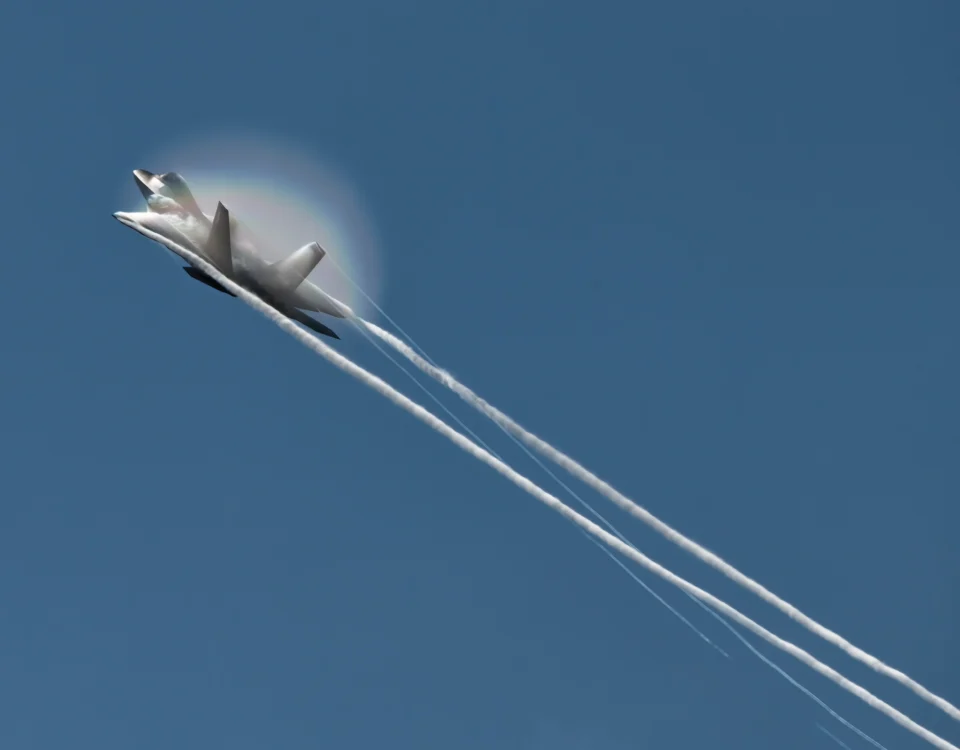Last week’s show is over, with Elon Musk’s SpaceX Starship system prototype now de-stacked in Texas. Yet in the wake of his high-profile briefing at the Starbase facility, Musk was continuing to bring attention his way by apparently sniping dismissively at spaceflight rivals on Twitter, issuing this gem on February 18:
SpaceX’s goal is to make life multiplanetary, whereas their goal
is to put a handful of satellites in orbit
SpaceX certainly is the big commercial aerospace player with flashy
talk of lunar stations and colonies on Mars, to be made possible by rockets
carrying dozens of passengers – the Starship program being a very public work
in progress. But right now, the unflashy work of supporting space operations
goes on largely unheralded by the media or public.
The day after Musk’s tweet, an Antares rocket launched to the
International Space Station, smoothly and on schedule from NASA’s Wallops Flight Facility in coastal Virginia.
The Cygnus vehicle placed into orbit was carrying well over 8000 pounds of equipment,
experiments, food, and other important supplies. Safely docked at ISS early on
February 21, offloading of the varied cargo soon was underway.
There seems to be a growing tendency to take for granted the
meat-and-potatoes missions that make up almost all launch calendars – even those
of SpaceX, Musk’s tweets notwithstanding. But no mission is ever routine until
it concludes successfully. That’s a truth that will remain a constant, no
matter how seemingly mundane or unglamorous the payload.






